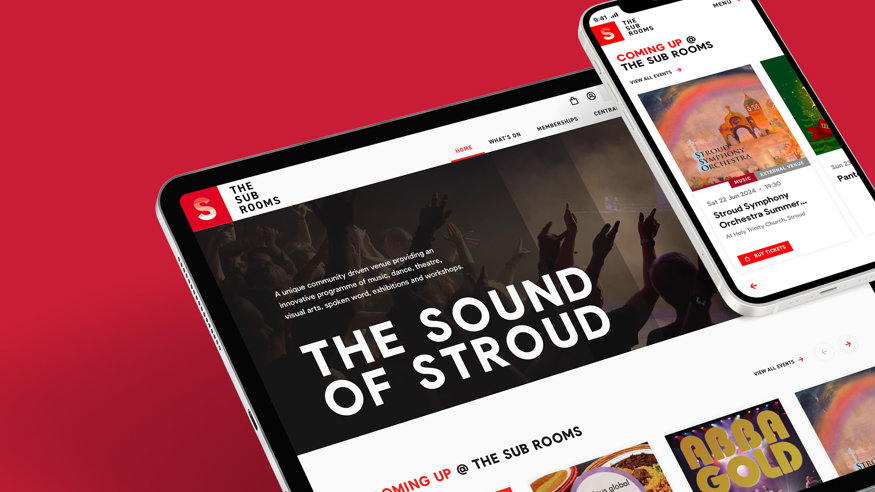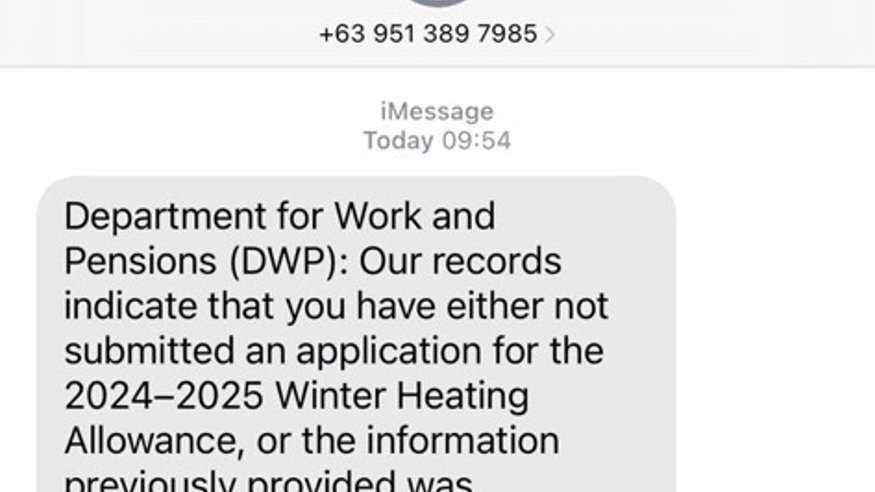How will Google’s plan to remove third-party cookies affect your business?

Back in February last year, Google announced that they would be removing third-party cookies from Chrome to protect their users’ online privacy. With Firefox and Safari already having removed third-party cookies back in 2013, this isn’t a novel idea, but it will have an impact on the way in which businesses carry out their online marketing.
What are third-party cookies and what are they used for?
Third-party cookies are cookies which are created by a domain that is separate to the website a user is visiting. For example, if a user is visiting an ecommerce site such as Amazon, it is likely that site has third-party cookies added in the background to track users’ activity. If, for instance, an Amazon customer looks at several different products then ends up purchasing just one, it is possible they will later receive emails or adverts relating to the products they viewed but did not purchase. This level of marketing customization is achievable via third-party cookies.
Why are Google removing third-party cookies?
Google’s plan to gradually remove third-party cookies from Chrome by 2023 comes as they recently announced their Privacy Sandbox: an initiative which “aims to create web technologies that both protect people’s privacy online and give companies and developers the tools to build thriving digital businesses to keep the web open and accessible to everyone, now, and for the future.” (Google, 2021). The aim is to remove “creepy data” where websites can track a user’s individual data, and replace this with anonymized, grouped data relating to a larger audience rather than a specific individual. The overall objective is to ensure that businesses are tracking customers in a transparent, non-invasive way.

What does the removal of third-party cookies mean for businesses?
Although the removal of third-party cookies is a good thing for internet users and their privacy, it will inevitably make marketing for businesses more difficult. Exceptional customer experience is a must; therefore, the biggest challenge for marketers will be the lack of customer insights. Without knowing who your customers are, and what their preferences or interests may be, it can be difficult to successfully market services or products to them and convert website visits into sales. However not all is lost; although the removal of third-party cookies will make advertising more difficult, there will still be a few marketing techniques that will remain in place, such as remarketing.
What is remarketing?
Reliant on first-party cookies (cookies created and stored by the website you are visiting directly), remarketing (also known as retargeting) will continue to be an integral aspect of marketing campaigns. Remarketing is the process of serving targeted ads to users who have already visited or completed an action on a website or app. The website, or app, then places a cookie in the user’s browser and informs remarketing platforms to display specific ads based on pages or products the user has viewed. The data collected is anonymous, but still provides basic information on the user, particularly their preferences. As the data collected is first-hand, this will not be affected by Google’s removal of third-party cookies.
What can businesses do to prepare for the removal of third-party cookies?
One way of ensuring you continue to collect valuable customer data is by improving your first and zero-party data collection. First-party data is any information a business can collect from their own sources, such as their company website, CRM, social media, or surveys, and typically relates to information required to make a purchase or to access a service, i.e. name, gender, date of birth, and address. Zero-party data is optional information provided intentionally by the customer themselves, such as their interests and preferences. There are several ways to collect this data:
Forms, surveys, and quizzes
Asking customers to provide details about themselves and / or their preferences through forms and surveys mean you can gather consensual analytics from them to better understand their needs and provide a more tailored product or service. Quizzes and competitions are also a good, interactive way of collecting customer data as if they are opting to take part in the quiz, they will be more likely to provide more information than if they are filling in a standard website enquiry form.
Customer feedback programs
By collecting feedback from customers, you can use their comments to improve your products or services. If feedback is positive, this can provide an opportunity to encourage the customer to refer a friend, which if successful, will bring at least one new potential customer to your site. If the feedback is negative, this is not necessarily a bad thing; not only will constructive criticism enable you to improve on any aspects of your business that are perhaps lacking, you will still also have collected important customer data.
Preferences
If you would like to find out customers’ preferences in relation to any products or services you offer, you can ask them to provide this information so that you can show them similar products, or only contact them about products or services they may be interested in. A lot of the time, a user will give details about their preferences if it means that they will not be bombarded with irrelevant emails. By giving them the opportunity to dictate this information, you are already giving them a tailored experience.
It is important to review the data you currently have in order to assess and enhance customer insights and experience going forwards. By coming up with a plan before the removal of third-party cookies, you can be confident that this change will not be a disaster for your advertising campaigns, and ultimately, for your business.
If you would like more information on any of our services, please get in touch.
Share article:

Upgrading to Umbraco 17: a strategic investment for your business
Used and trusted by both developers and marketers, Umbraco offers a high level of customisability, with the latest long-term-supported (LTS) version (Umbraco 17) currently scheduled for release in November 2025. Featuring improved performance and developer tooling, alongside support for the latest .NET versions, Umbraco 17 offers a number of benefits including enhanced security, streamlined workflows, and improved scalability.
Read more
How to avoid website project horror stories!
Maybe you've been there before, maybe this is your first time creating a website. We have seen website projects at all stages turn from dreams into nightmares very easily, often being the ones at the other end helping our soon to be clients put it back on the right path.
Read more
Exploring the benefits of Umbraco 17: a leap forward in CMS flexibility and performance
Umbraco has long held the reputation as a flexible, developer‑friendly content management system (CMS) and with the release of Umbraco 17 scheduled for November 2025, the platform is continuing to evolve. Umbraco 17 will be the next Long‑Term Support (LTS) version, aligned with the upcoming .NET 10 LTS release, and is expected to include enhancements in performance, developer experience, and content workflow modernisation.
Read more
The future is bright for the Sub Rooms
New website and Spektrix integration helped Sub Rooms turn a corner
Read more
Website builders vs bespoke: which is right for your business?
In a digital-first world, a company’s website (and its overall effectiveness) is of paramount importance, serving as both the first impression and initial introduction to a brand. Traditionally built from the ground up by experienced developers, website creation has become increasingly accessible, primarily due to the rise of website builders such as Squarespace, Wix, Weebly, and Webflow, These platforms offer powerful tools, sleek templates, and rapid setup options, without the need for direct developer involvement. However, for businesses with more complex or unique requirements, they can be limiting, with many instead opting for bespoke development tailored to the specific project goals, workflows, and user experience. This blog outlines the pros and cons of each –off-the-shelf website builders vs bespoke development.
Read more
How to spot a text message, iMessage or WhatsApp scam
Top 6 red flags for suspicious text messages
Read more
Benefits of team building away days
We were delighted to welcome South West HR consultants, Rise HR, for a for a training day
Read more
16i x Spektrix | Partnership announced
We’re incredibly proud to become a certified Spektrix partner. Having worked with a variety of arts organisations over the years, we know how vital it is to connect digital platforms with the ticketing and CRM systems they rely on.
Read more